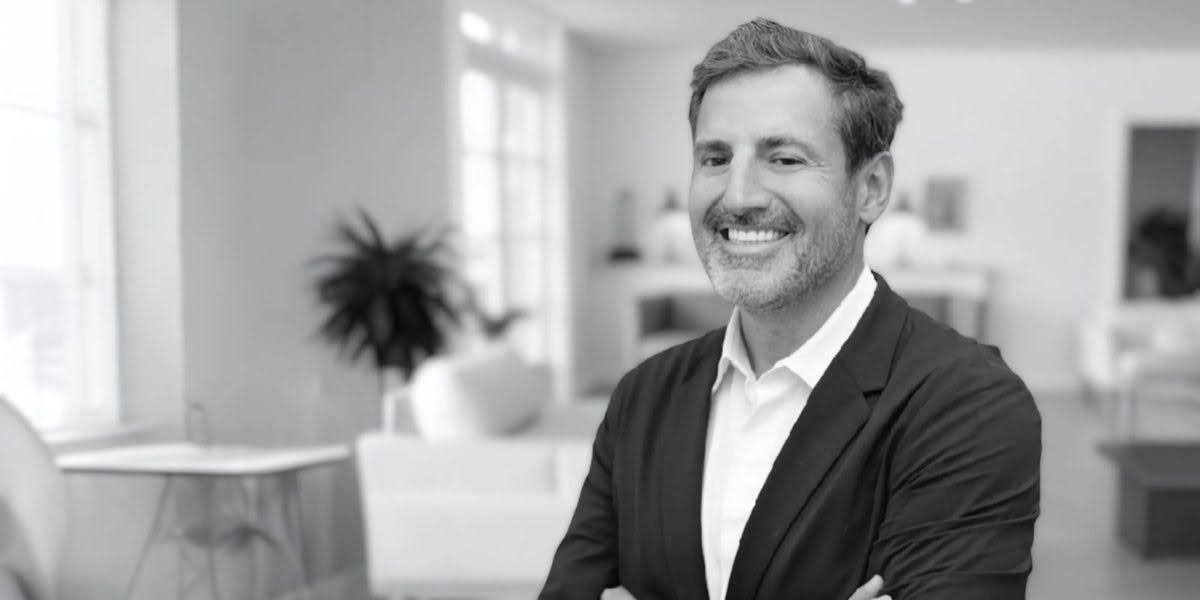Whether you’re using LED light therapy for anti-ageing, acne, or general skin rejuvenation, one question tends to come up quickly: When should I use it? Morning? Evening? Before skincare? After? With so many devices on the market and skincare steps to consider, it’s no surprise there’s some confusion.
The good news? LED light therapy is flexible, and the “best” time often depends on your skin goals and daily schedule. Here’s how to find the right time slot to make your light therapy work harder for you.
Morning Use: Wake Up Your Skin
Using red light therapy in the morning can be a great way to energise tired skin and get your circulation going. Red and near-infrared light helps boost blood flow and oxygen to the skin, which can leave your complexion looking fresher and more radiant for the day ahead.
Morning sessions are especially beneficial if you’re using LED therapy to reduce puffiness or prep your skin for makeup. Just make sure to follow with sunscreen, as UV exposure throughout the day can undo the good work of your treatment.
Best for: Boosting circulation, reducing morning puffiness, energising your routine
Evening Use: Boost Repair and Recovery
Night-time is when your skin goes into repair mode, making it an ideal time for red light therapy. Collagen production, cellular repair, and skin renewal naturally peak while you sleep, and LED treatments can support and enhance this process.
If your goal is anti-ageing, skin firming, or recovery from other skincare treatments like microneedling or exfoliation, using your LED device in the evening can amplify your results. It also helps promote relaxation before bed, especially if your device has a calming warmth.
Ideal for: Collagen support, skin recovery, post-treatment healing
Before or After Skincare?
This one depends on your device. Some LED masks and panels are designed to be used on clean, dry skin. Others incorporate pulsed light technology, which may be used over certain serums to help ingredients absorb more deeply.
As a rule of thumb, always cleanse before your session to ensure light can penetrate the skin properly. If you do use a serum beforehand, choose one without heavy oils or SPFs, which could block the light. After your session, follow up with your usual moisturiser or hydrating products to lock in moisture.
Ideal practice: Cleanse first, then LED, then moisturise
Consistency Is More Important Than Timing
While timing can influence how you feel after a session, the most important factor is consistency. LED light therapy is not a one-time fix. It works best when used regularly over several weeks.
Most experts recommend 3 to 5 sessions per week, with each session lasting between 10 and 20 minutes, depending on your device. Choose a time of day you can stick to. Whether it’s part of your morning skincare or an evening wind-down, making it a habit is what really drives visible results.
Tip: Pick a consistent time that fits your routine
Match Timing to Your Skin Goals
If you’re dealing with breakouts or sensitivity, try using red light therapy in the evening when your skin is calm and makeup-free. For glow-boosting and prep before a big day, morning use may be more suitable. If you’re targeting areas like the neck and décolletage, you might find it easiest to use your device at night when you’re unwinding.
Whatever your skin concern, think about how light therapy fits your goals—and your lifestyle.
Final Thoughts
There’s no one-size-fits-all answer to when you should use LED light therapy. What matters most is building a consistent routine that works for you. Whether morning or night, before or after serums, the right time is the one you can commit to regularly.
If you’re ready to take your routine to the next level, consider investing in a versatile red light therapy device designed for areas beyond the face, like the one Maysama offers. With a few minutes a day, you can support your skin’s natural rhythm and see visible improvements over time.
Disclaimer: The information provided in this article is for general informational purposes only and should not be construed as medical advice. Consult with a healthcare professional before beginning any new treatment or therapy. Results may vary depending on individual factors.
Published by Joseph T.










